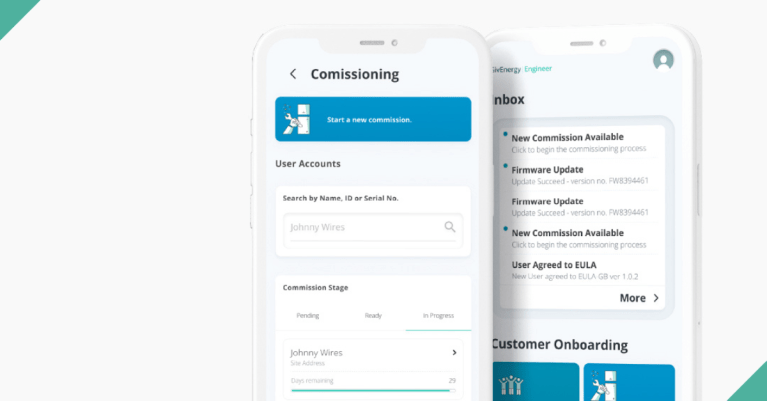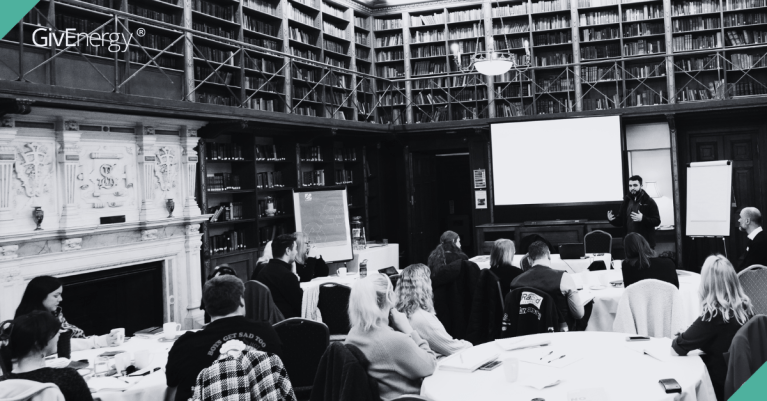What you’ll read in this article:
- What a microgrid is
- Why microgrids are on the rise in the UK and elsewhere
- The difference between grid-connected and islanded microgrids
Microgrids are on the rise.
Households, businesses, and communities are increasingly seeking greater energy independence. In the face of climate change, energy insecurity, and rising bills, microgrids offer a feasible alternative to traditional energy models.
In this article, we explain what a microgrid is, as well as tackle other microgrid related questions.
So, what is a microgrid?
By definition, an electrical grid is anything which contains the following:
- An electricity source
- Electricity users
- Electricity connection between the source and the users
- A control system
On a macro level, a grid would provide electricity to an entire nation or region.

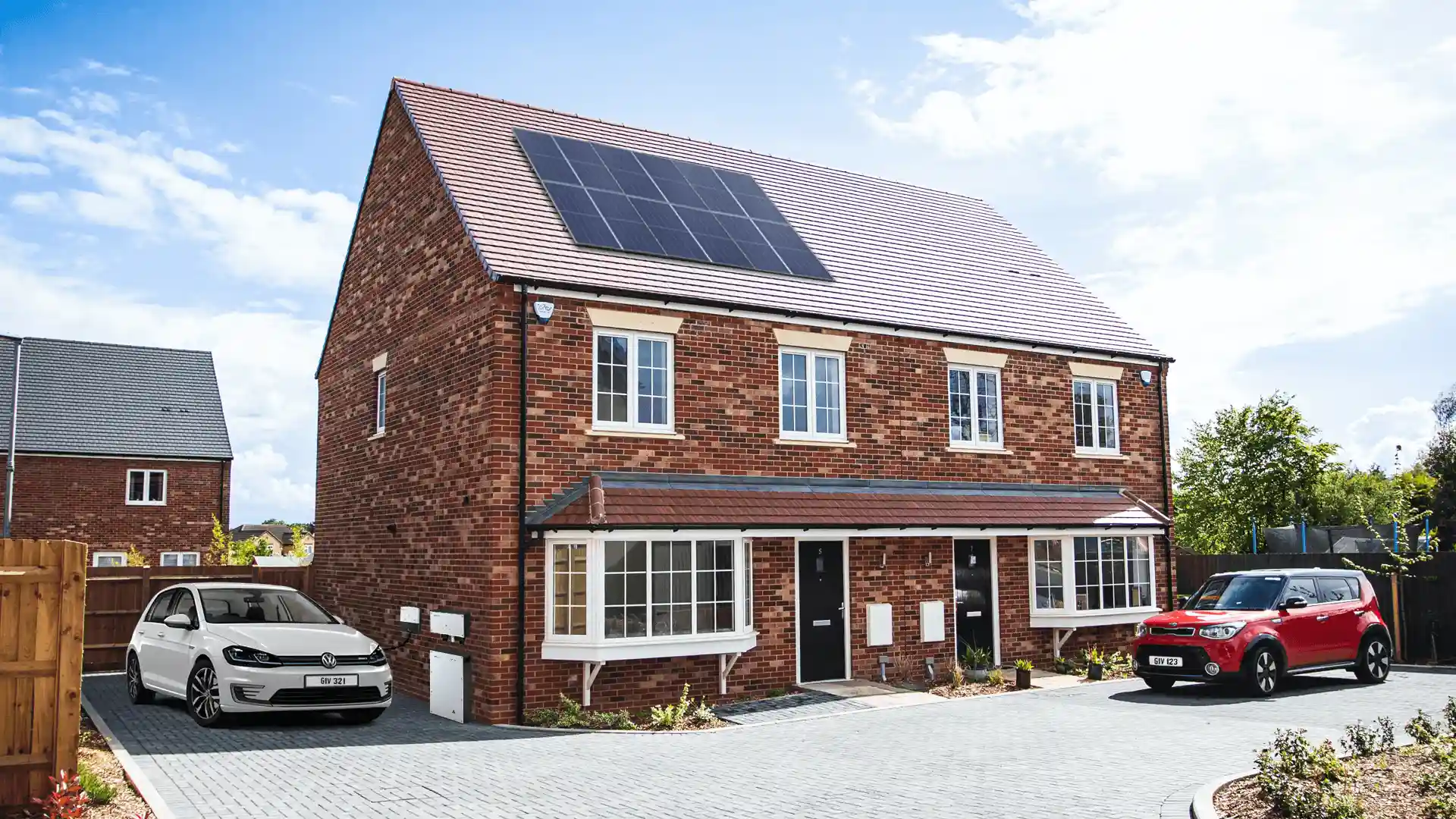
So, the logic follows that a microgrid operates in the same way but on a smaller scale.
Microgrid, nanogrid, or picogrid?
You may hear the terms nanogrid and picogrid used alongside or even interchangeably with the term microgrid.
In theory, these refer to even smaller electricity grids.
Vox suggests that a microgrid can be an all encompassing term for any small freestanding grid. This means all nanogrids and picogrids are microgrids, but not all microgrids are nanogrids or picogrids.
Examples provided of each include:
- An individual using a solar panel on a rucksack to power a smartphone (picogrid)
- A household using solar panels and battery storage to run electrical appliances (nanogrid)
The International Renewable Energy Association (IRENA) suggests that working definitions of the above terms could be based on application or capacity.
The definitions of each term vary. Differences between each one can just be a matter of semantics.
For the sake of avoiding confusion, let’s just stick with microgrid for now. You can think of it as any electricity grid which can operate independently of a grid at a macro level.
Microgrids in action
Domestic
Something we’re all too familiar with at GivEnergy.
Let’s say a household wants to create their own microgrid.


They could generate energy with renewable technology. Usually, this would be through the scalable and practical option of solar PV panels. For some, this could be through a wind turbine for home, although this option can come with issues around cost, practicality, and planning permission.
Next comes the battery storage system to store energy generated for use during times of high demand.
Depending on their requirements, the household can choose a suitably sized battery.
Take GivEnergy’s range as an example. Customers can choose from the Giv-Bat 2.6 (2.6kWh) up to the All in One (13.5kWh), depending on their needs. More than one battery may be added to create the desired capacity.
With all this in place, the household can effectively operate as an independent microgrid.
However, this doesn’t necessarily mean they should disconnect from the grid.
In fact, a grid-connected microgrid could even be of benefit to the household.
Commercial
Similar to a household but on a larger scale.
Let’s say a business wants to create their own microgrid.
They have a means of generating electricity, such as through renewable technology. They just need a battery system as a means of storing it.
Depending on their needs, they could opt for:
- A commercial battery rack
- An SME battery system (for small- and medium-sized enterprises)
- A battery storage container


Community
Community energy projects are popping up across the UK and elsewhere.
In many cases, these include projects with microgrid infrastructure.
For example, Bristol Energy Cooperative has helped fund the Water Lilies housing project located in the northwest of the city.
The project includes:
- Solar PV panels on the roofs of the properties
- Onsite battery storage to store electricity generated from solar
This means that Water Lilies can effectively operate as an independent microgrid.
Are microgrids always green?
Not necessarily.
The rise of microgrids is sometimes synonymous with renewables. However, there are still plenty of microgrids around the world which are powered by fossil fuels.
As this would be counterproductive to net zero goals, this is not something we’d want to encourage.
What’s behind the rise of microgrids?
The size of the UK microgrid industry is estimated to grow at roughly 12.9% per year between 2022-2027.
Globally, that figure could be around 16.3% between 2023-2031.
A few factors are powering this growth.
Firstly, there are government policies favourable to microgrids with the aim of achieving net zero.
In the UK, these include:
- Financial support for community energy projects through the Community Energy Fund
- 0% VAT on battery storage installations
… and many more.
Secondly, energy bills.
Investing in setting up a microgrid comes at a cost. However, given it can reduce your reliance on the grid, you can see huge savings on your annual energy bills.
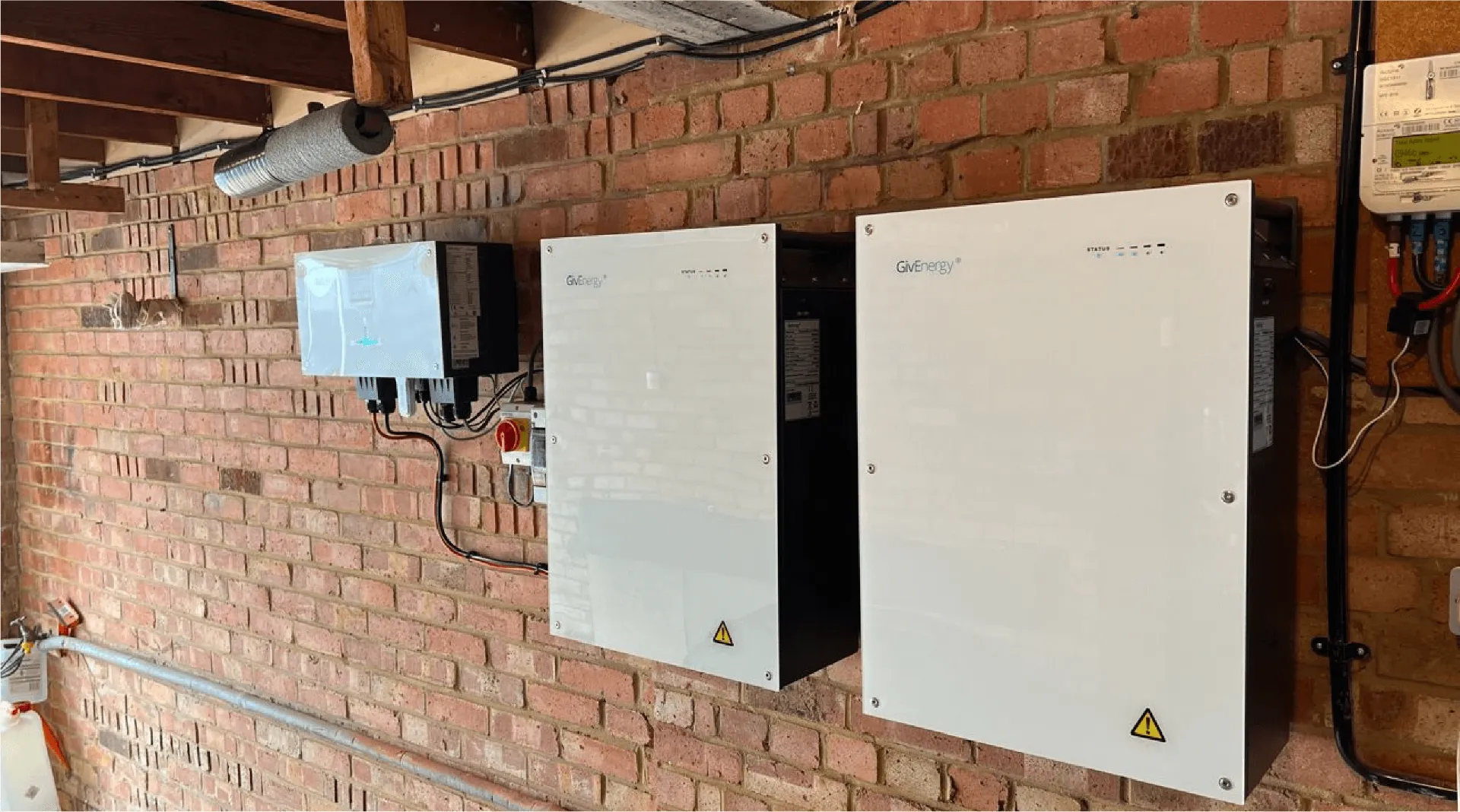
GivEnergy customers save around 85% on their bills per year.
Lastly, price drops.
This is especially true for the prices of solar panels and lithium-ion batteries.
The former have dropped from around 2.32USD per Watt in 2010 to around 0.26USD per Watt in 2022.
Meanwhile, the price of Lithium-ion batteries have dropped from just under 800USD per kWh in 2013 to 139USD per kWh in 2023.
In short, setting up a microgrid has become cheaper.
Islanded vs grid-connected microgrids
You may have come across the above terms in relation to microgrids. So, let’s go through what they mean.
Islanded refers to a microgrid which is entirely separate from the main grid. In short, if the grid is the mainland, the microgrid is an island.
This could include off grid homes; people who have opted for complete energy independence with nothing to do with the grid at all.
However, in reality, many micro-grids are grid-connected. In other words, they are connected to the larger macro-level grid at a national or regional level.
Why?
Let us explain with the example of an energy independent household.
A household with solar PV and battery storage.
Remaining grid-connected has two main benefits.
The first is that the grid is there if they need it. This could be when there isn’t much sunshine to generate electricity.
It could also be when their storage battery is running low.
The second is that in the UK, remaining grid-connected can be of financial benefit.
Those who produce excess electricity through renewables can export to the grid and get paid in return.
This is made possible through the Smart Export Guarantee (SEG) which has been in place since January 2020.
In short, maintaining a grid-connection is the better choice for most of us.
Start your microgrid journey today
If you’re looking to start your own microgrid, you’ll struggle to do so without battery storage.
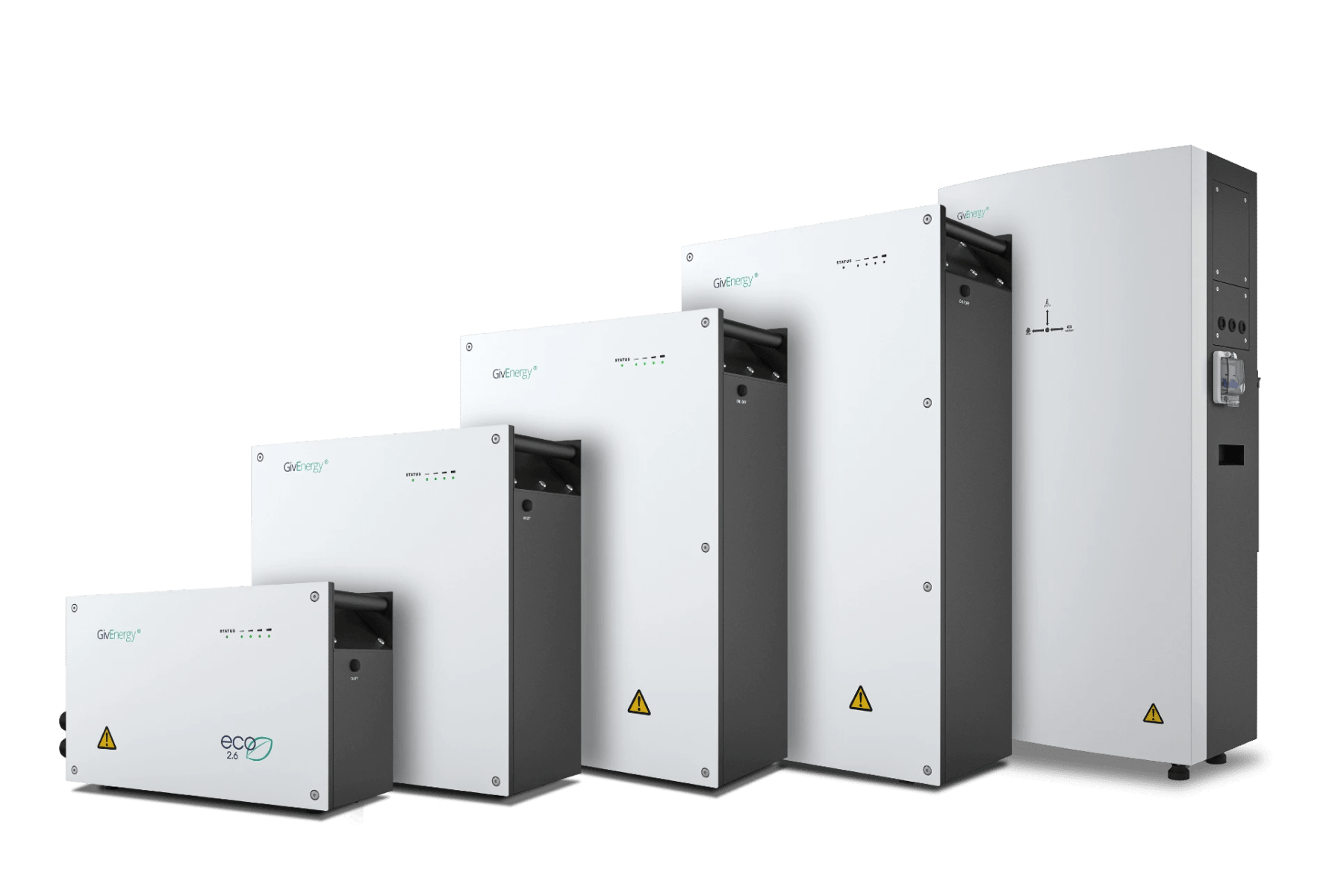
If a microgrid isn’t feasible for you, perhaps you want to reduce your energy bills with a standalone battery storage system.
Whatever you choose, start by finding an approved GivEnergy installer near you to get the ball rolling.


